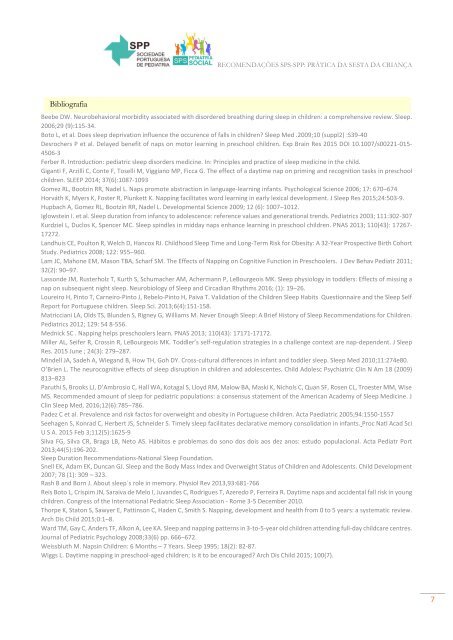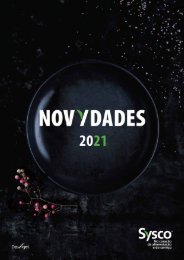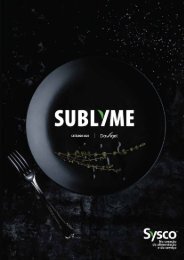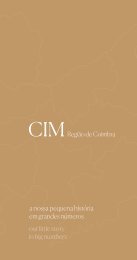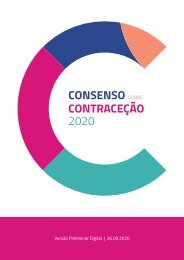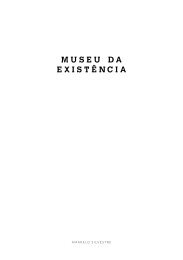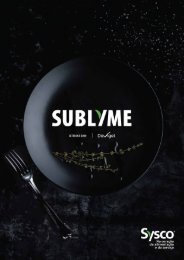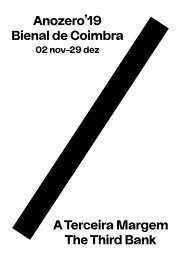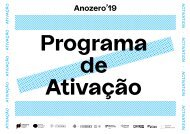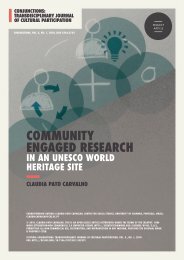EDUCADORES E PAIS — RECOMENDAÇÕES SPS-SPP SESTA NA CRIANÇA
A Secção de Pediatria Social (SPS) da Sociedade Portuguesa de Pediatria (SPP), de acordo com o artigo 4.º dos seus Estatutos, tem por missão a proteção e promoção da defesa dos Direitos da Criança e do Jovem, inseridos numa sociedade em evolução. A atual situação de inexistência de recomendações claras sobre a sesta para a criança na creche e nos infantários condiciona um importante risco para a saúde e bem-estar atual e futuro das nossas crianças. Em Portugal as crianças, principalmente as que frequentam os estabelecimentos públicos, em norma, não realizam a sesta após os 3 anos de idade. Estas recomendações têm como objetivo uniformizar e promover a melhor prática para o sono diurno ou sesta da criança, desde os 3 meses aos 36 meses de idade [creche] e dos 3 até aos 6 anos de idade [pré-escolar], em estabelecimento público ou privado.
A Secção de Pediatria Social (SPS) da Sociedade Portuguesa de Pediatria (SPP), de acordo com o artigo 4.º dos seus Estatutos, tem por missão a proteção e promoção da defesa dos Direitos da Criança e do Jovem, inseridos numa sociedade em evolução. A atual situação de inexistência de recomendações claras sobre a sesta para a criança na creche e nos infantários condiciona um importante risco para a saúde e bem-estar atual e futuro das nossas crianças.
Em Portugal as crianças, principalmente as que frequentam os estabelecimentos públicos, em norma, não realizam a sesta após os 3 anos de idade.
Estas recomendações têm como objetivo uniformizar e promover a melhor prática para o sono diurno ou sesta da criança, desde os 3 meses aos 36 meses de idade [creche] e dos 3 até aos 6 anos de idade [pré-escolar], em estabelecimento público ou privado.
Create successful ePaper yourself
Turn your PDF publications into a flip-book with our unique Google optimized e-Paper software.
RECOMENDAÇÕES <strong>SPS</strong>-<strong>SPP</strong>: PRÁTICA DA <strong>SESTA</strong> DA CRIANÇA<br />
Bibliografia<br />
Beebe DW. Neurobehavioral morbidity associated with disordered breathing during sleep in children: a comprehensive review. Sleep.<br />
2006;29 (9):115-34.<br />
Boto L, et al. Does sleep deprivation influence the occurence of falls in children? Sleep Med .2009;10 (suppl2) :S39-40<br />
Desrochers P et al. Delayed benefit of naps on motor learning in preschool children. Exp Brain Res 2015 DOI 10.1007/s00221-015-<br />
4506-3<br />
Ferber R. Introduction: pediatric sleep disorders medicine. In: Principles and practice of sleep medicine in the child.<br />
Giganti F, Arzilli C, Conte F, Toselli M, Viggiano MP, Ficca G. The effect of a daytime nap on priming and recognition tasks in preschool<br />
children. SLEEP 2014; 37(6):1087-1093<br />
Gomez RL, Bootzin RR, Nadel L. Naps promote abstraction in language-learning infants. Psychological Science 2006; 17: 670–674<br />
Horváth K, Myers K, Foster R, Plunkett K. Napping facilitates word learning in early lexical development. J Sleep Res 2015;24:503-9.<br />
Hupbach A, Gomez RL, Bootzin RR, Nadel L. Developmental Science 2009; 12 (6): 1007–1012.<br />
Iglowstein I. et al. Sleep duration from infancy to adolescence: reference values and generational trends. Pediatrics 2003; 111:302-307<br />
Kurdziel L, Duclos K, Spencer MC. Sleep spindles in midday naps enhance learning in preschool children. P<strong>NA</strong>S 2013; 110(43): 17267-<br />
17272.<br />
Landhuis CE, Poulton R, Welch D, Hancox RJ. Childhood Sleep Time and Long-Term Risk for Obesity: A 32-Year Prospective Birth Cohort<br />
Study. Pediatrics 2008; 122: 955–960.<br />
Lam JC, Mahone EM, Mason TBA, Scharf SM. The Effects of Napping on Cognitive Function in Preschoolers. J Dev Behav Pediatr 2011;<br />
32(2): 90–97.<br />
Lassonde JM, Rusterholz T, Kurth S, Schumacher AM, Achermann P, LeBourgeois MK. Sleep physiology in toddlers: Effects of missing a<br />
nap on subsequent night sleep. Neurobiology of Sleep and Circadian Rhythms 2016; (1): 19–26.<br />
Loureiro H, Pinto T, Carneiro-Pinto J, Rebelo-Pinto H, Paiva T. Validation of the Children Sleep Habits Questionnaire and the Sleep Self<br />
Report for Portuguese children. Sleep Sci. 2013;6(4):151-158.<br />
Matricciani LA, Olds TS, Blunden S, Rigney G, Williams M. Never Enough Sleep: A Brief History of Sleep Recommendations for Children.<br />
Pediatrics 2012; 129: 54 8-556.<br />
Mednick SC . Napping helps preschoolers learn. P<strong>NA</strong>S 2013; 110(43): 17171-17172.<br />
Miller AL, Seifer R, Crossin R, LeBourgeois MK. Toddler’s self-regulation strategies in a challenge context are nap-dependent. J Sleep<br />
Res. 2015 June ; 24(3): 279–287.<br />
Mindell JA, Sadeh A, Wiegand B, How TH, Goh DY. Cross-cultural differences in infant and toddler sleep. Sleep Med 2010;11:274e80.<br />
O’Brien L. The neurocognitive effects of sleep disruption in children and adolescentes. Child Adolesc Psychiatric Clin N Am 18 (2009)<br />
813–823<br />
Paruthi S, Brooks LJ, D’Ambrosio C, Hall WA, Kotagal S, Lloyd RM, Malow BA, Maski K, Nichols C, Quan SF, Rosen CL, Troester MM, Wise<br />
MS. Recommended amount of sleep for pediatric populations: a consensus statement of the American Academy of Sleep Medicine. J<br />
Clin Sleep Med, 2016;12(6):785–786.<br />
Padez C et al. Prevalence and risk factos for overweight and obesity in Portuguese children. Acta Paediatric 2005;94:1550-1557<br />
Seehagen S, Konrad C, Herbert JS, Schneider S. Timely sleep facilitates declarative memory consolidation in infants. Proc Natl Acad Sci<br />
U S A. 2015 Feb 3;112(5):1625-9<br />
Silva FG, Silva CR, Braga LB, Neto AS. Hábitos e problemas do sono dos dois aos dez anos: estudo populacional. Acta Pediatr Port<br />
2013;44(5):196-202.<br />
Sleep Duration Recommendations-National Sleep Foundation.<br />
Snell EK, Adam EK, Duncan GJ. Sleep and the Body Mass Index and Overweight Status of Children and Adolescents. Child Development<br />
2007; 78 (1): 309 – 323.<br />
Rash B and Born J. About sleep´s role in memory. Physiol Rev 2013,93:681-766<br />
Reis Boto L, Crispim JN, Saraiva de Melo I, Juvandes C, Rodrigues T, Azeredo P, Ferreira R. Daytime naps and accidental fall risk in young<br />
children. Congress of the International Pediatric Sleep Association - Rome 3-5 December 2010.<br />
Thorpe K, Staton S, Sawyer E, Pattinson C, Haden C, Smith S. Napping, development and health from 0 to 5 years: a systematic review.<br />
Arch Dis Child 2015;0:1–8.<br />
Ward TM, Gay C, Anders TF, Alkon A, Lee KA. Sleep and napping patterns in 3-to-5-year old children attending full-day childcare centres.<br />
Journal of Pediatric Psychology 2008;33(6) pp. 666–672.<br />
Weissbluth M. Napsin Children: 6 Months – 7 Years. Sleep 1995; 18(2): 82-87.<br />
Wiggs L. Daytime napping in preschool-aged children; is it to be encouraged? Arch Dis Child 2015; 100(7).<br />
7


